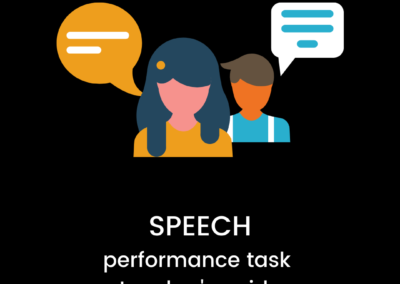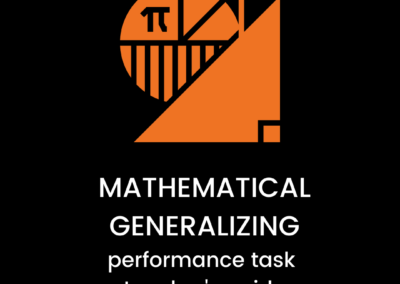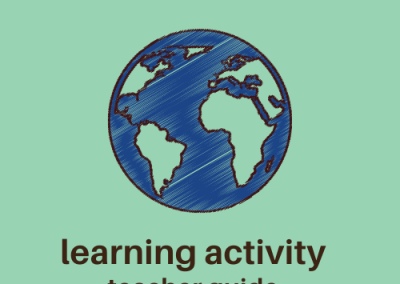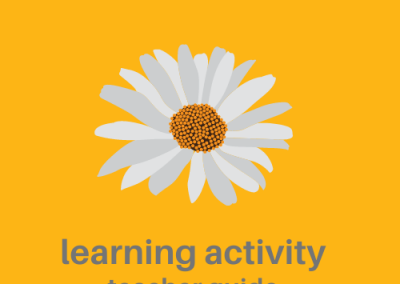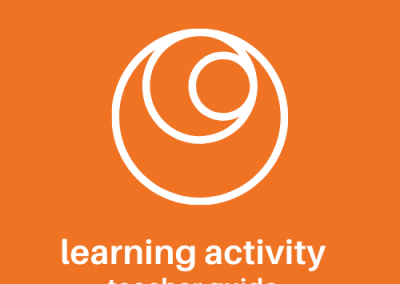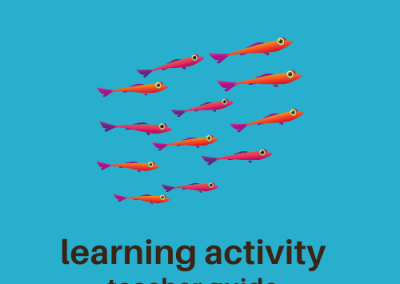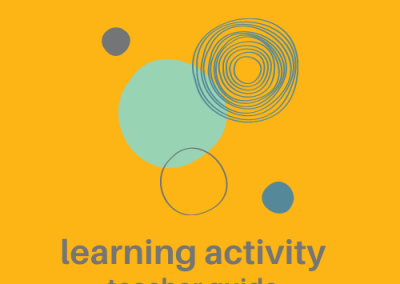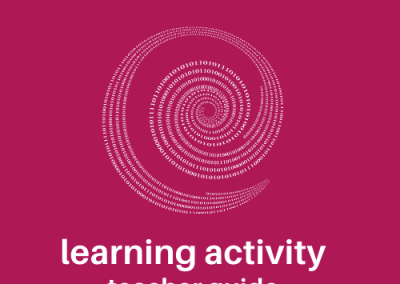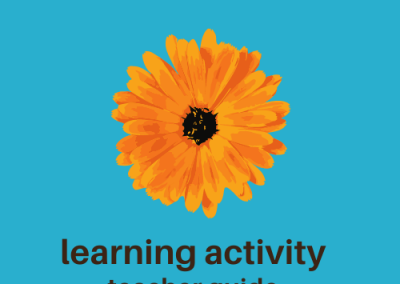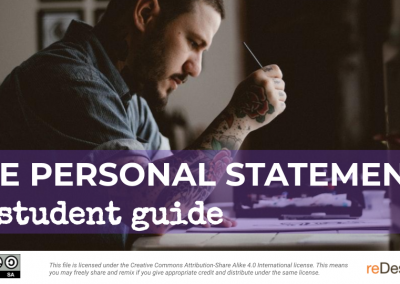Guided Imagery
Preparation
- Select the text you want students to read.
- Identify evocative images in the text.
- Identify a set of words, phrases, or short passages from the text that evoke key ideas, emotions, or settings from the text.
Activity Steps
1
Teacher reviews the concept and skill of visualization by guiding students through a visualization of their bedroom. Teacher discusses how visualizing can aid in reading comprehension.
Students can practice visualizing their bedroom or another familiar space in pairs or individually. Ask them to imagine they are in the middle of the space, and to indicate where in the room different objects are. Guide them to image through all senses: to imagine tactile sensations, sounds, smells, and tastes in addition to visual information.
2
Teacher distributes or displays key images from the text. Teacher asks guiding questions, leading students to use multisensory visualization to imagine being in each image. In pairs, students describe some of what they visualized.
Ask students to imagine standing in a particular part of the image, and that they are turning in a full circle. What will they see? What will they smell, taste, feel, and hear? What emotions will they feel?
3
Teacher distributes or reads aloud key words, phrases, lines, or paragraphs from the text.
Teacher asks guiding questions, leading students to use multisensory visualization to imagine being in each image. In pairs, students describe some of what they visualized.
Ask students to think about what sensations each text excerpt evokes: what do they see, smell, taste, touch, and hear? What emotions do they feel?
4
After the activity is complete, students begin reading the text.
This activity can be used to prepare to read a text immediately, or it can be used the day before beginning a text.
5
Alone or in groups, in conversation or in writing, students reflect on their learning process.

